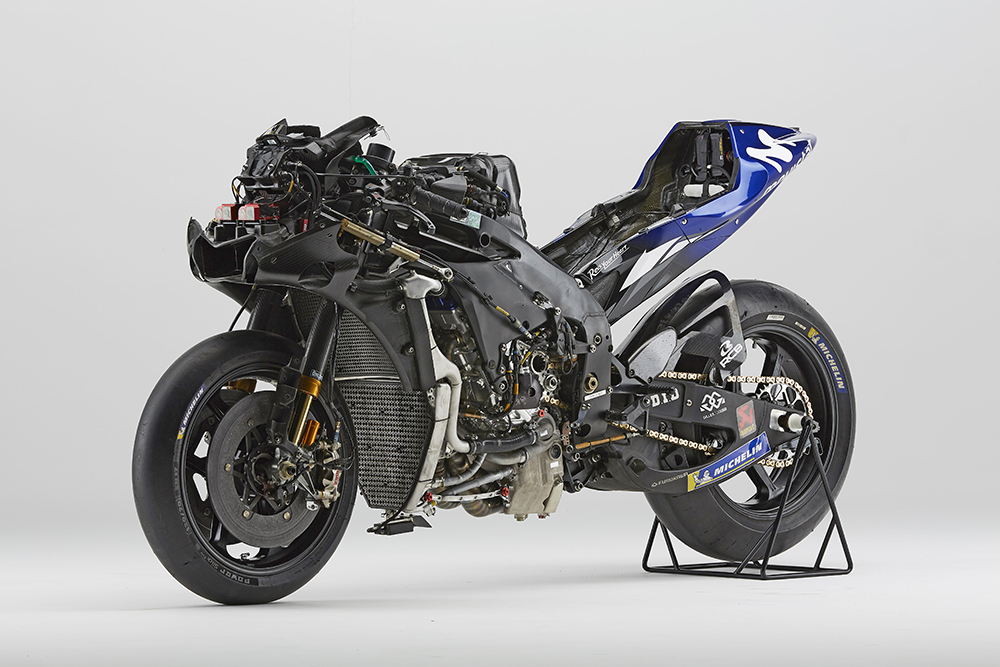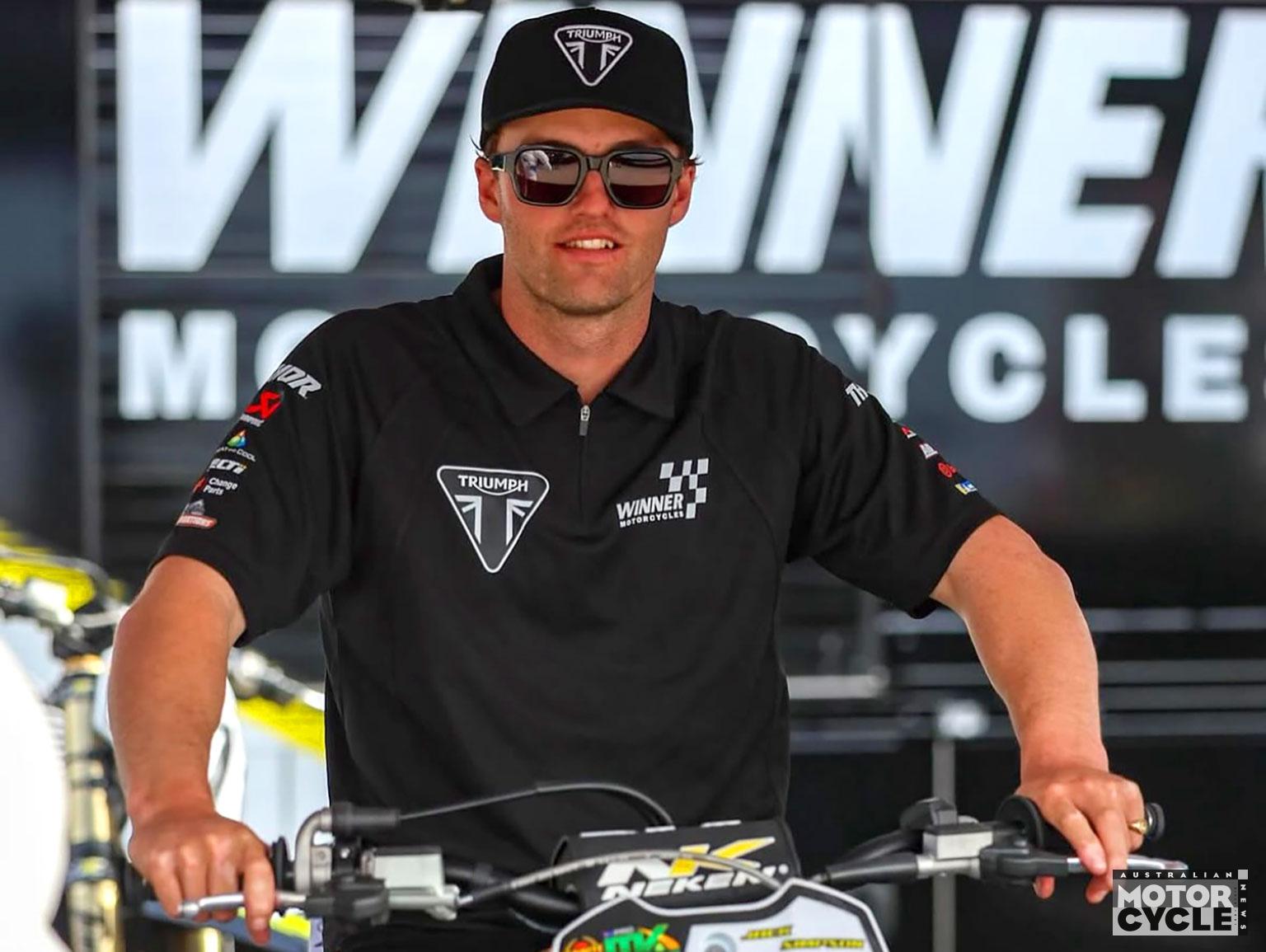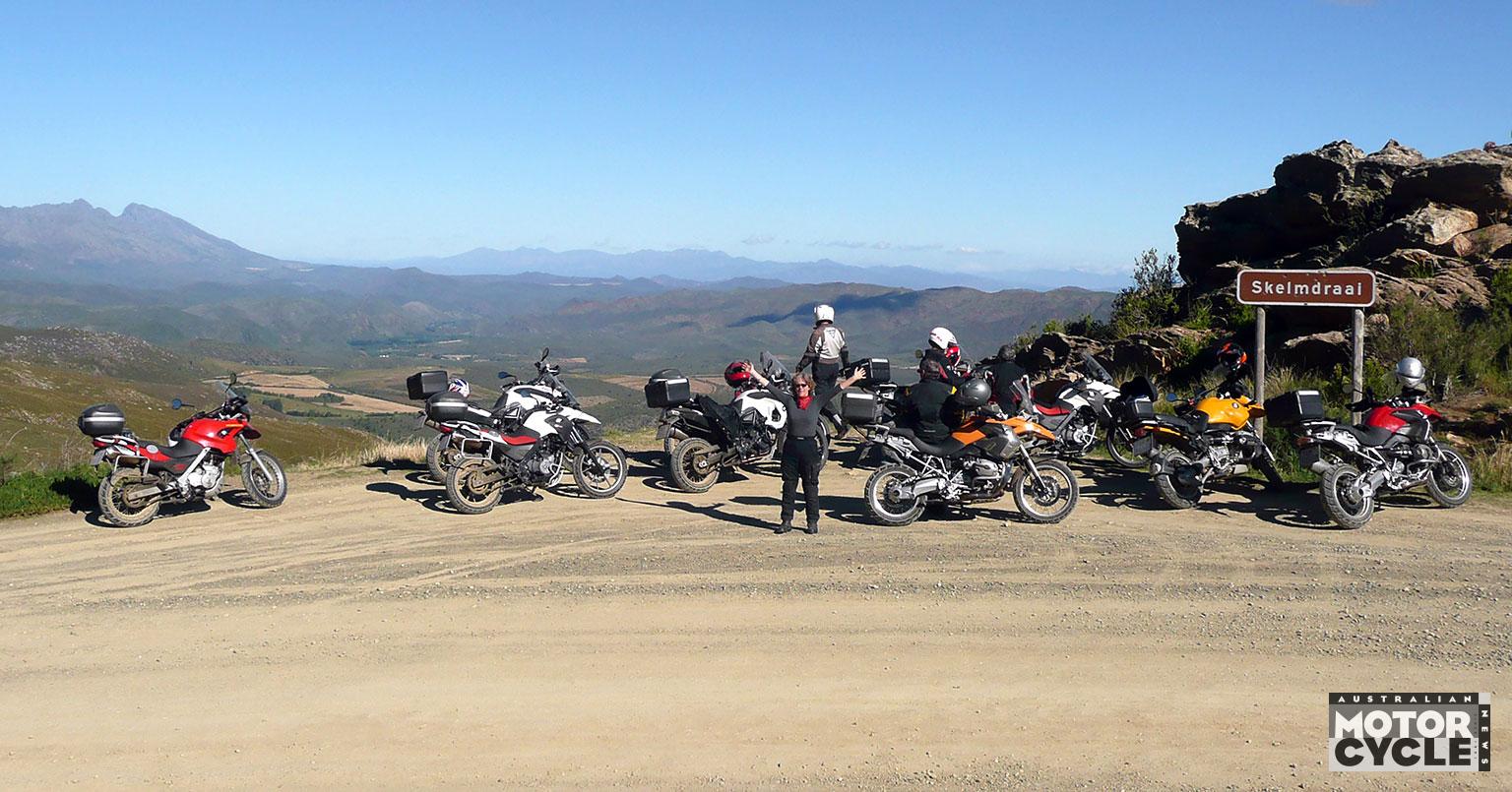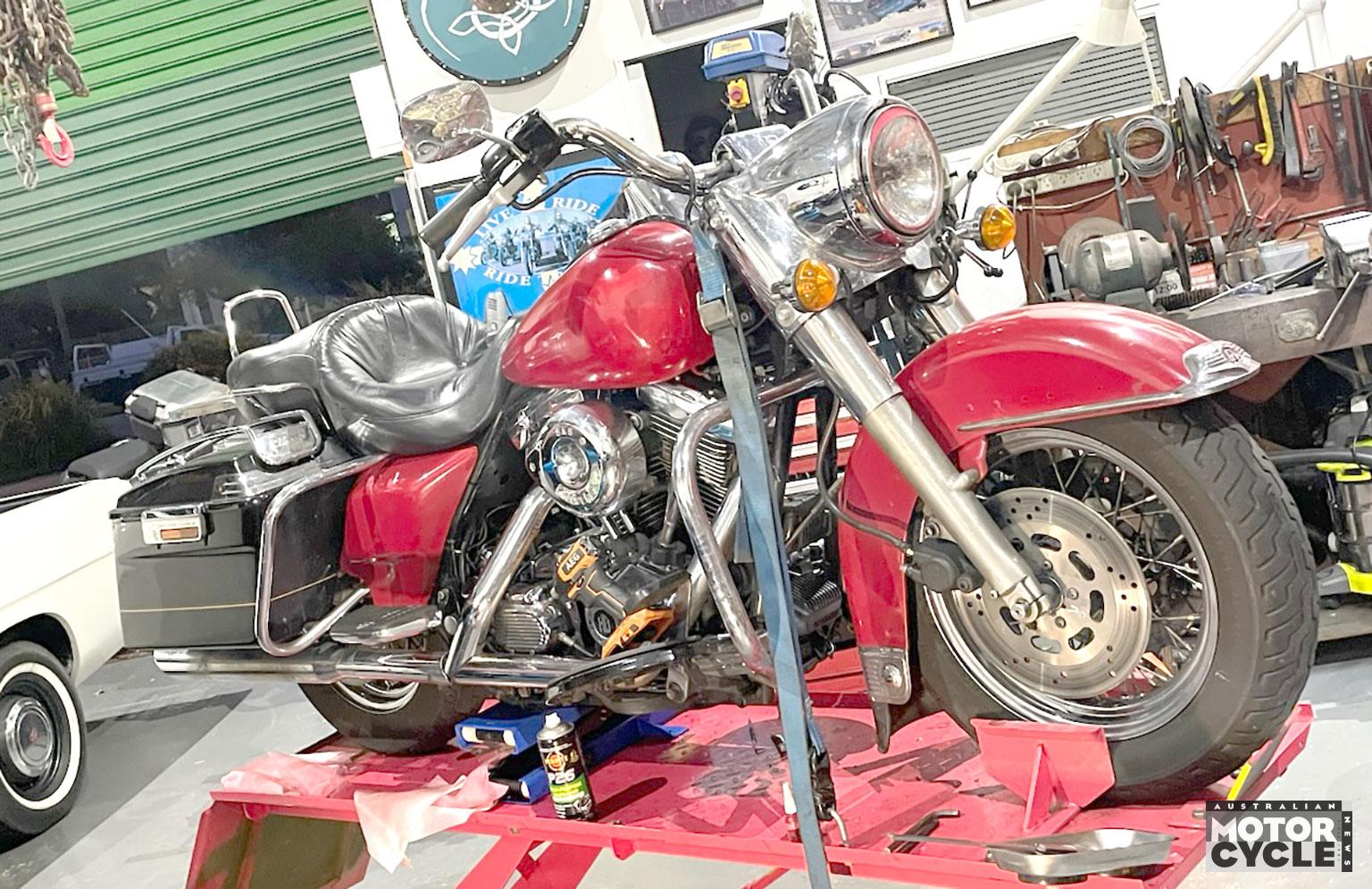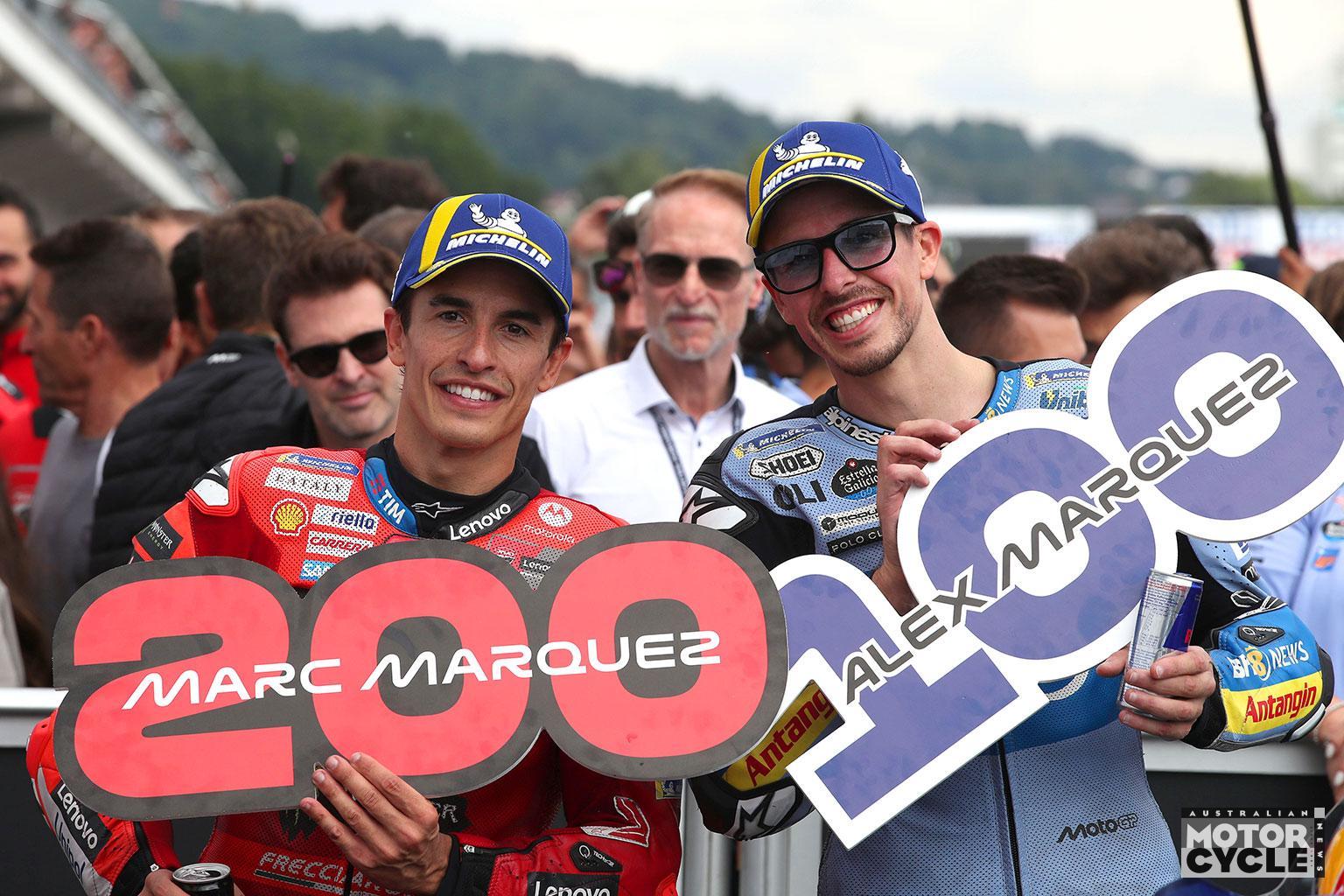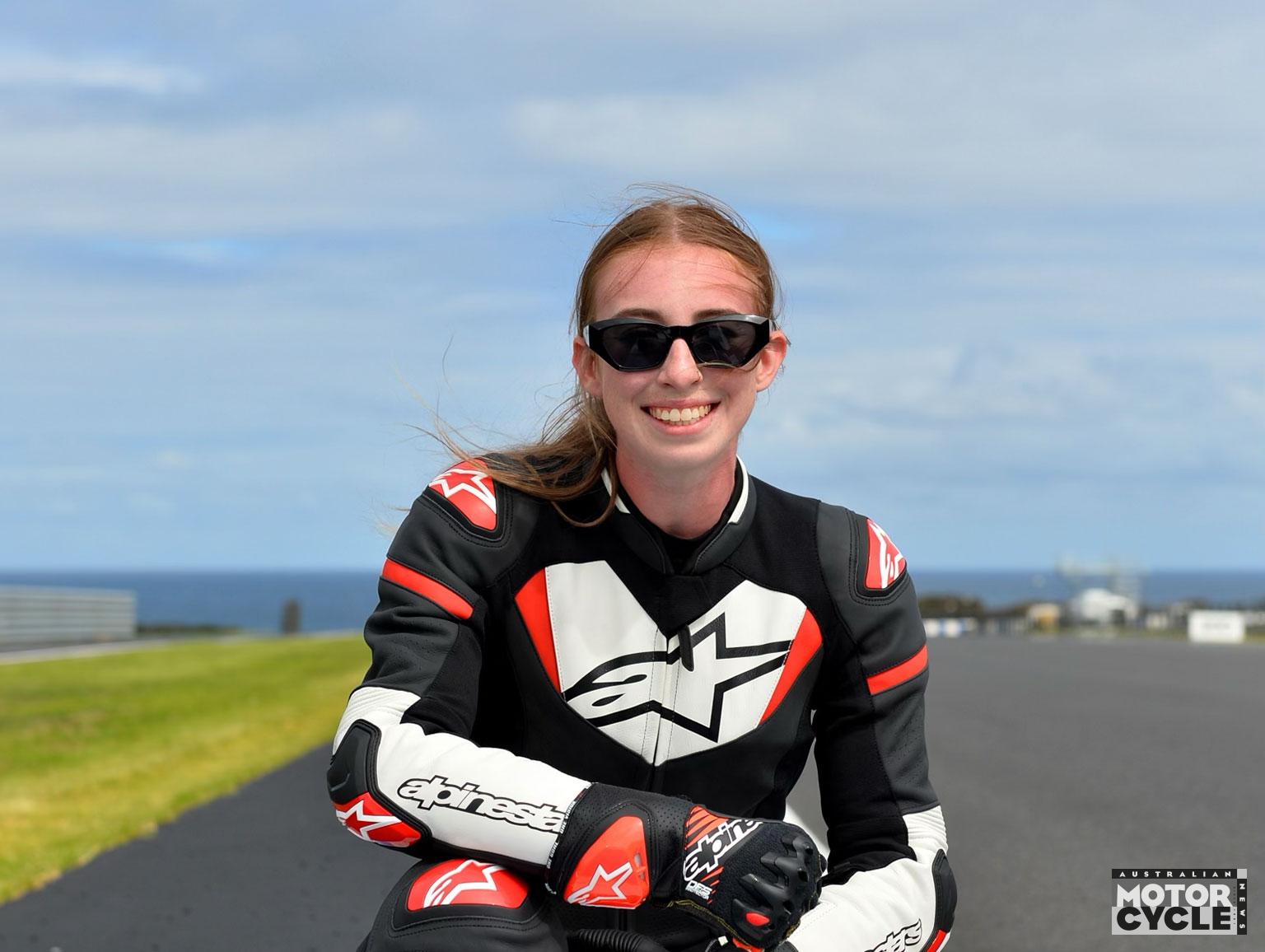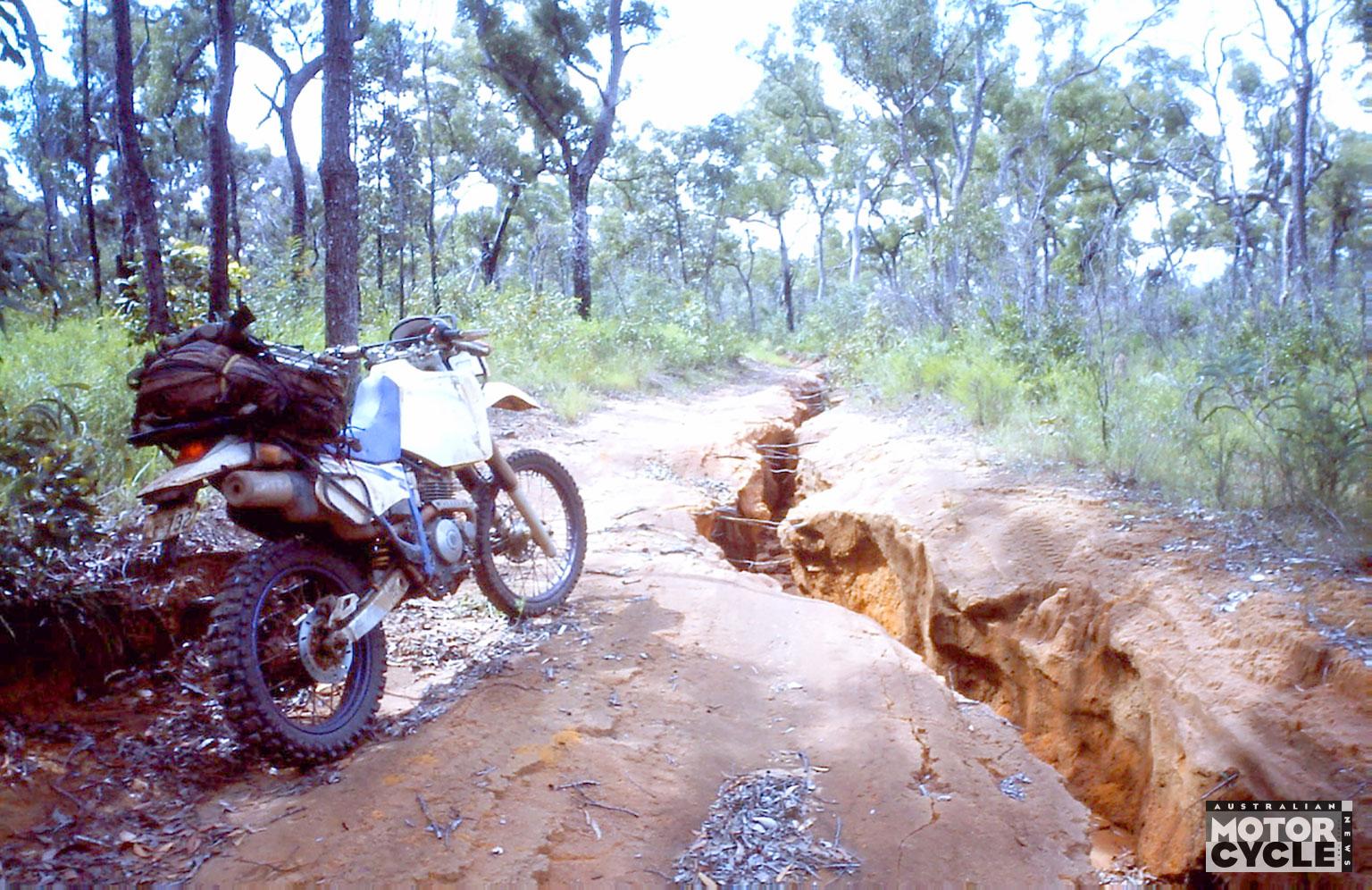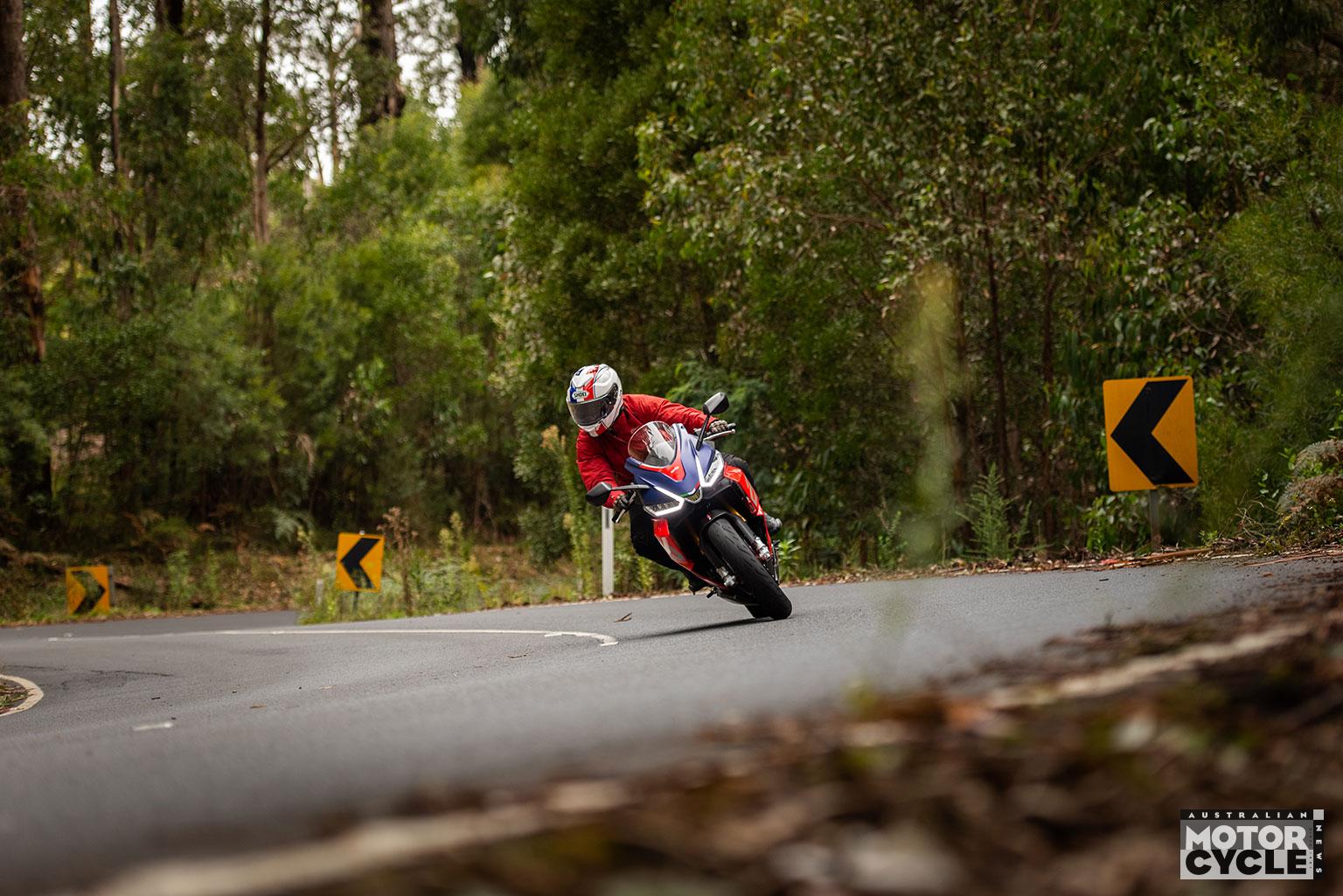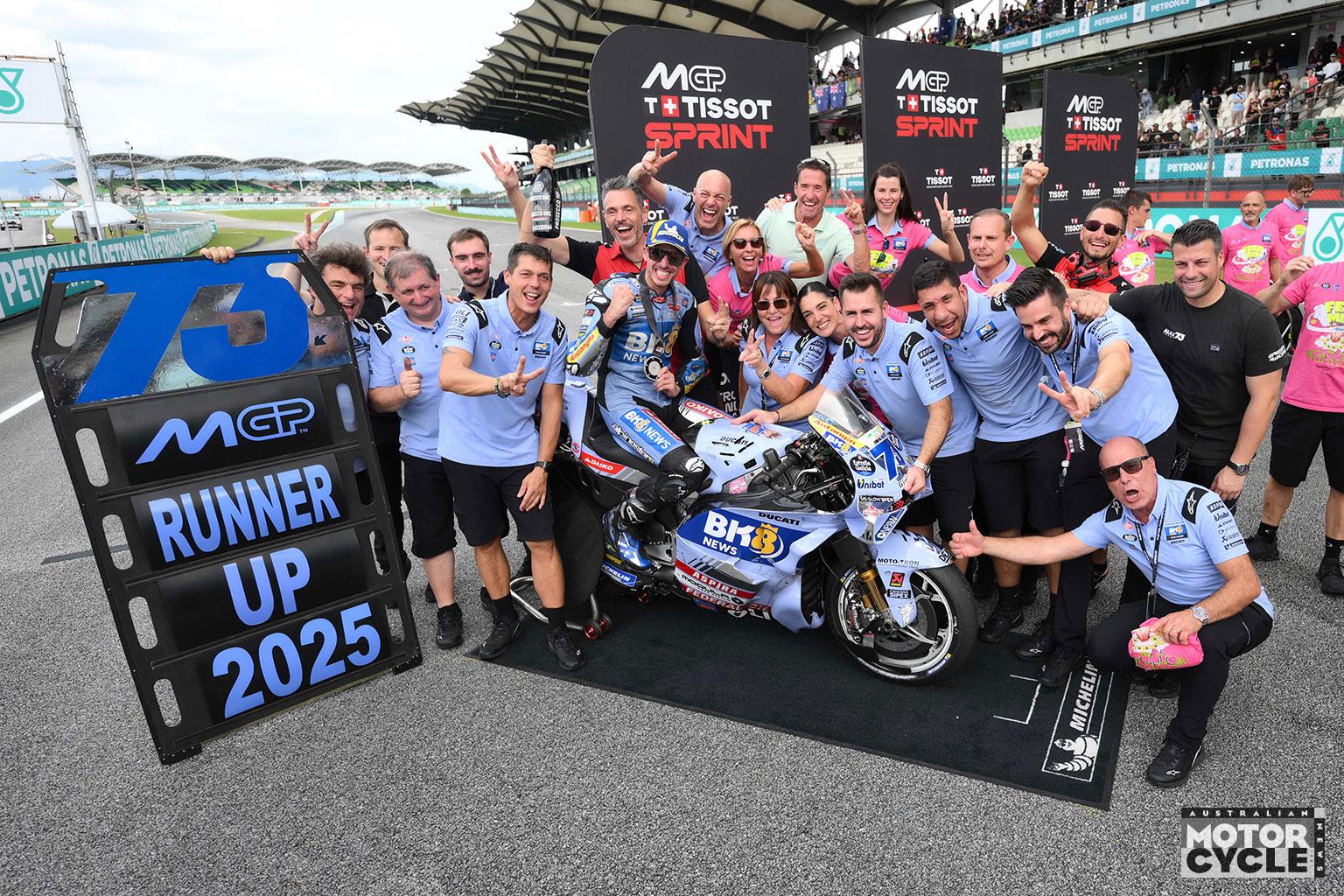Honda and Yamaha have dominated premier-class Grand Prix racing for the last four decades.
Honda entered the 500cc class in 1966, contested two seasons, withdrew for a decade, returned in 1979 and has fought for the crown of kings every year since 1983. Yamaha joined the contest in the early 1970s and has never left.
So far the 500cc/MotoGP numbers look like this. Honda: 21 riders titles, 24 constructors titles since 1966. Yamaha: 17 riders titles, 14 constructors titles since 1975.
Honda is undoubtedly the stronger force right now, winning six of the last eight riders crowns, with Casey Stoner and Marc Marquez, and eight of the last nine constructors crowns with the RC212V and RC213V. Yamaha’s YZR-M1 has been mostly in the doldrums since the change to spec electronics and Michelin tyres in 2016. But the Iwata factory is planning a major fightback for 2020. This is where we’re at.
Honda RC213V
POWER TOOL
For Honda, the pride is in high horsepower and top-speed figures
Honda’s RC213V looks like it’s barely changed since April 2012 when the bike contested its first race at the dawn of MotoGP’s 1000cc era. But looks deceive – the engineering beneath the bodywork never stops changing. This is the 2018 iteration of the bike (no way would HRC strip this year’s RC213V for the camera) and there are major differences between the 2018 and 2019 machines.
Honda has always liked to have the fastest bike on the grid. Good top speed alone does not win races, but it’s a matter of honour for HRC engineers. In recent years, Ducati ruled the top-speed race, so last winter HRC finally did something about it, not only to restore its honour, but to save its riders from taking so many risks during braking and corner entry to make up for time lost on the straights.
“This year we have more engine, which allows me to be safer in the braking area,” says Marquez.
We don’t know what HRC engineers did inside the 90-degree V4 engine to increase horsepower for 2019 – to around 275 horsepower, or 205 kilowatts – but we do know they redesigned the front of the frame to help boost power.
Instead of the 2018 layout, which has the air intakes wrapping around either side of the frame and entering the airbox through cut-outs in the engine hangers, the 2019 bike has the air intake entering the airbox directly through the steering head, like most other MotoGP bikes. Revamping the intake system, airbox and fuel-injector bodies gets a better fuel/air mix into the engine.
Ducati’s top-speed advantage has pretty much disappeared this year. But Honda has paid a price for its faster engine. That’s usually the way it is in racing – when you find a small gain in one area of performance and you almost certainly lose in another area.
The frame redesign has changed frame rigidity, which has had a negative effect on the bike’s turning. Both Marquez and Cal Crutchlow say this year’s bike is more physical to ride, while Jorge Lorenzo’s troubles only confirm that. That’s why HRC and Marquez have been testing a carbon-fibre-coated frame, to change flex for better turning.
“I use a lot of banking angle, too much, because the bike isn’t turning,” said Marquez at the Sachsenring, where he recorded a new record of 66 degrees of lean. “I use all this banking not because it’s my style or because I like it, but because I need to. With this [carbon-fibre-coated] frame we are trying to find better turning.”
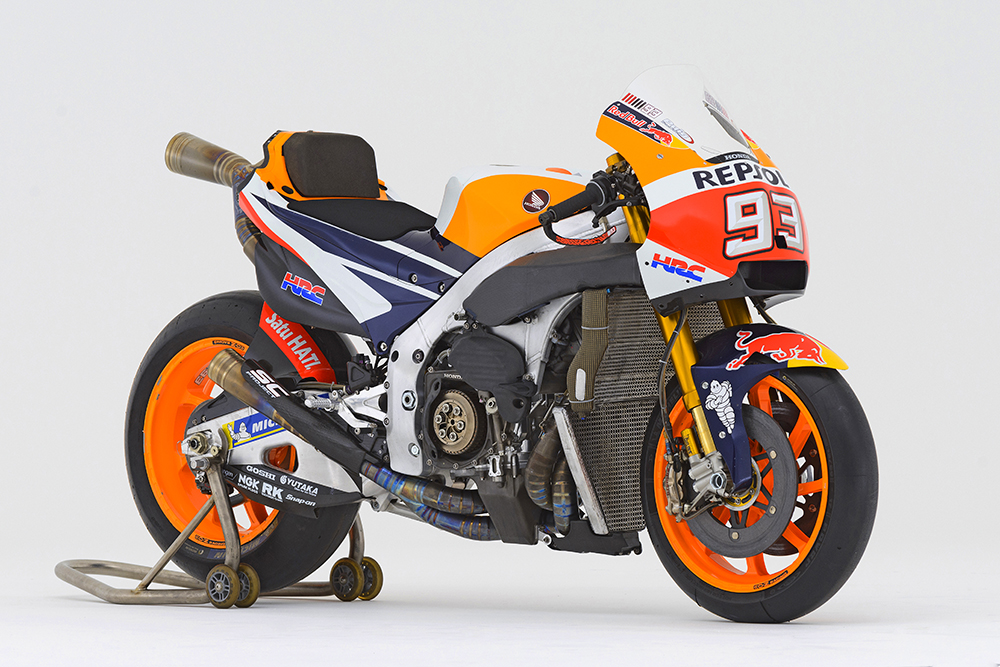
Yamaha YZR-M1
LINE DANCER
Yamaha is prepared to compromise grunt to gain agility
Yamaha’s YZR-M1 was the dominant MotoGP machine during Valentino Rossi’s first stay with the factory and the Jorge Lorenzo years. Between 2007, when Honda unleashed its first V4 MotoGP bike, and 2015, the last year of factory electronics and Bridgestone tyres, the YZR-M1 won more races and world titles than Honda’s RC212V and RC213V put together.
Yamaha has always prioritised overall performance more than Honda, which usually builds fast engines and hires fast riders to tame them. This is one reason why Yamaha is the only MotoGP factory that’s stayed true to the inline-four engine. It’s more difficult to get good horsepower out of an inline-four, but the engine can be lighter and more compact than a V4, which is a huge gift for chassis designers, who can place the engine in the optimum position to create a well-balanced motorcycle that steers and handles. It’s also easier to route the exhaust and place the fuel in the right place to achieve a better centre of mass.
This concept worked superbly until 2016, when MotoGP switched to Magneti Marelli-spec software and Michelin tyres. In the last three years of the previous tech rules, Yamaha won 24 MotoGP races, in the first three years of the new tech regulations, it won 11 races.
The factory’s recent problems have been two-fold. First, engine/electronics performance: the M1 engine has always lacked brute horsepower, but until the end of 2015 the bike’s finely honed factory electronics compensated with good traction and good corner-exit speed.
The unified software’s lower-tech traction control isn’t so effective, so the bike spins its rear tyre out of corners, which reduces exit speed and only compounds the horsepower handicap. It’s taken Yamaha ages to get on top of this because it was the last big team to hire boffins from Magneti Marelli.
The second issue is chassis performance: the M1 needs to carry a lot of lean angle all the way through corners to generate the corner speed that helped Yamaha win so many races, especially with Lorenzo on board. This worked with the Bridgestones, but it doesn’t work so well with the Michelins. Now riders must be more careful in corner entry and more gentle on the throttle because the Michelin rear spins more easily and the spec-TC won’t stop it spinning. This is why Honda’s point-and-squirt concept usually works better: flick the bike into the corner at the last moment, turn with the throttle, lift the bike onto the fatter part of the tyre and pull the trigger.
